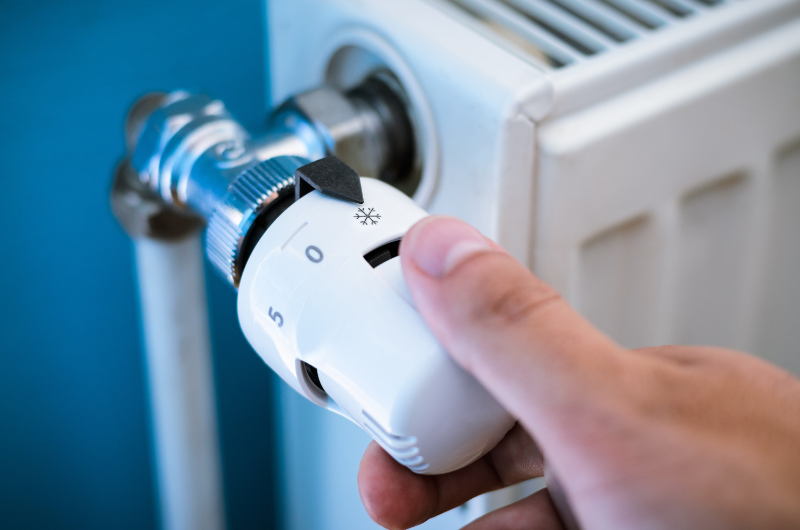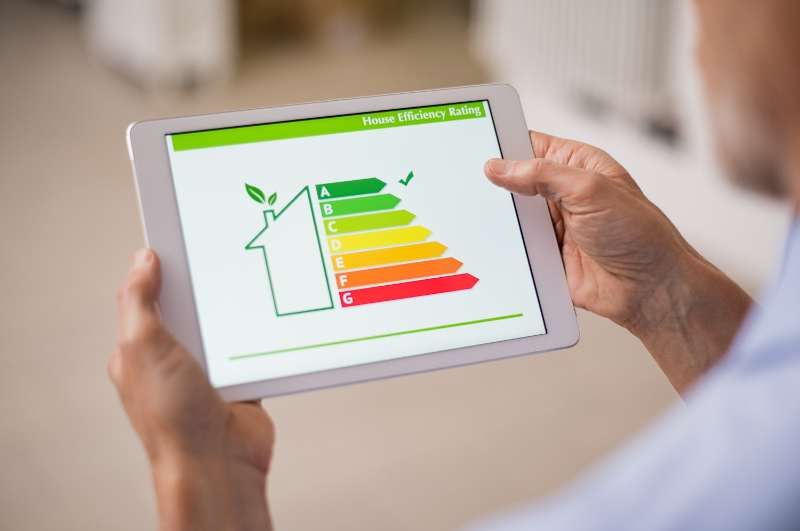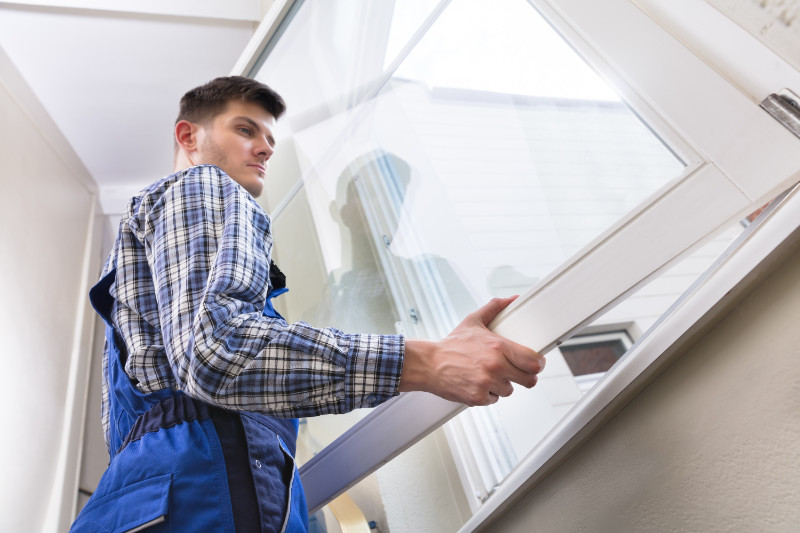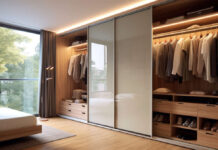At its simplest, double glazing is pretty self-explanatory. Two panes of glass separated by a cavity – which is filled with air, or, in fancier frames, with inert gases like argon or xenon – and closed up with industrial sealants.
Long a go-to for savvy homeowners and property developers, double glazing has carved an effective niche at the heart of home improvement. But does everybody need double glazing? And what should you consider before deciding?
We looked at the pros, cons and materials that underpin the use of double glazing – and why when it comes to window panes, it might be a case of the more the merrier…
Framing your glazing

Double-glazed windows usually come in one of four materials – each of which has different benefits. Aluminium is a long-lasting, recyclable material that can be difficult to paint; timber frames look lovely but can be tricky to maintain; and uPVC frames are cheap and durable, but sometimes lack in the aesthetics stakes.
Alternatively, you can choose all three – composite frames have a layer of timber coated with plastic or aluminium, resulting in a product that’s low-maintenance and weather-proof.
You can even fill your frame with energy-efficient, Low-E (low-emissivity) glass, which usually has an invisible coating of metal oxide on an internal pane.
Double glazing works with most types of windows – from your standard uPVC frames to traditional sash windows. Some companies will offer restoration depending on where you are in the UK, such as Sliding Sash Solutions, a sash windows company covering Brighton & Portsmouth.
Double glazing pros
There’s one dominant reason as to why double glazing has become so a la mode – it offers a hefty hike in home heat retention. A single pane in a cracked weather-beaten frame often haemorrhages warmth, while two panes with insulating gas between them keep a lot more of the warmth in, and better keep out the cold during winter.

“Heat loss and energy saving are the primary reasons people turn to double glazing,” says Steve Brock, managing director of Clear Structures, specialists in glass engineering, “and for most people it’s a matter of money.”
Naturally, if your home stays warmer, your heating bills are cheaper. The Energy Saving Trust estimates that double-glazed windows save between £100 and £120 a year in a detached house, and £70 to £85 in a semi-detached.
Unsurprisingly, cutting power usage helps slash your carbon footprint too, making double glazing a standard eco-conscious choice. As with most home improvements, double-glazing also adds value to your property, while the thick, sealed panes insulate effectively against unwanted noise.

Double-glazed windows are also far more obdurate than their single-glazed cousins, appealing if you’re worried about security. The sturdy frames and reinforced panes are difficult to smash or break, and far less likely to rattle ominously in the wind.
Double glazing cons
As we’ve said, double glazing tends to be a financial calculation, and while the upside is significant, it’s not a good choice for buyers expecting quick returns. Cost varies wildly depending on brand, size, material and domestic habitat, but there’s always a substantial outlay to consider.
Brock estimates that the average double-glazed window won’t pay for itself for roughly five to 10 years, so make the initial investment while the sun is shining.

Double-glazed frames can also be infuriating hard to repair, and major damage usually means replacing the whole window. “There can be a problem with life expectancy,” says Brock. “The gases in the cavity can leak out and moisture can leak in.” Make sure on installation that the glass panes are airtight and sealed, to limit the chances of unwanted condensation misting your view.
In fact, many potential pitfalls arise from structural problems. If you live in a particularly old property, a conservation area, or a listed building, you’ll most likely need to apply for permission to double-glaze. You may think that chunky, uPVC strips will go perfectly on the door of your Tudor town house, but the planning office probably won’t agree.
Triple glazed windows
Double-glazing has been all the rage for decades, but now a new design trend is emerging from the nation’s glassware workshops and slowly wending its way into people’s homes.
Triple glazing is a pleasingly simple concept. Instead of two sheets of glass, there are three, and instead of one insulating cavity, there are two. Thematically similar to their two-paned forbears, triple-glazed windows retain more heat, block more noise, save more energy, and are even more difficult to break. They are also, inevitably, more expensive.

“Prices start at around £500 for single windows, so it is a significant investment,” says Graham Lindsay, managing director of triple glazing specialists, WERU UK. “But with such a significant gain in insulation, payback will accelerate as energy costs continue to rise.”
If double-glazing increases property value now, triple-glazing is ahead of its time. “It future-proofs your home,” says Lindsay. “As more and more homeowners are choosing to renovate their property rather than relocating, triple-glazed windows mean you’re investing for the long term.”































































